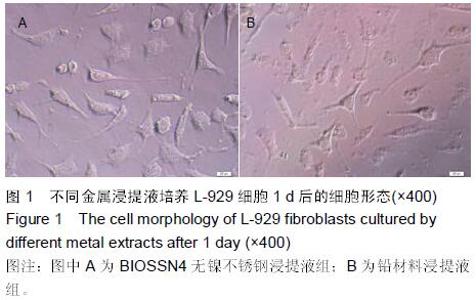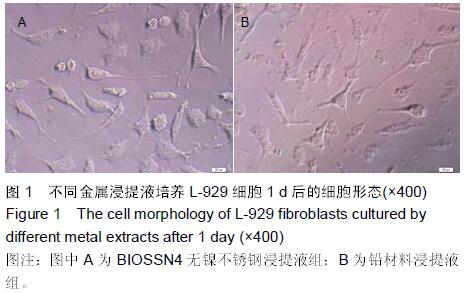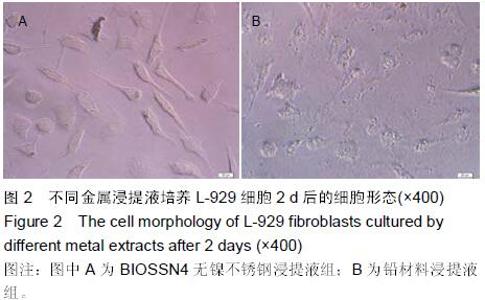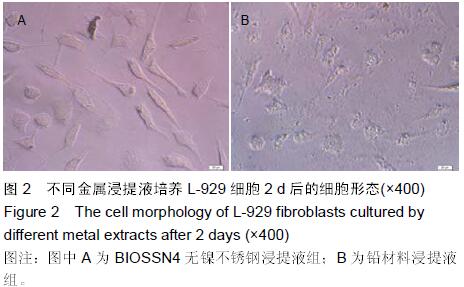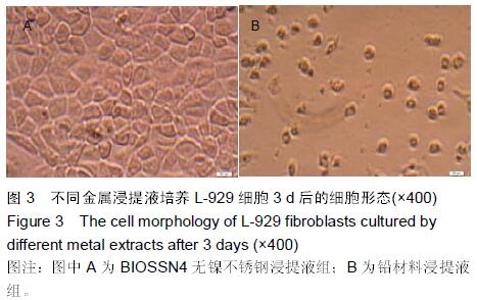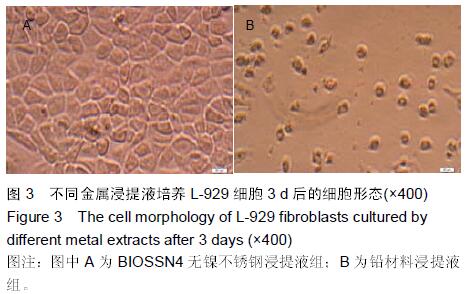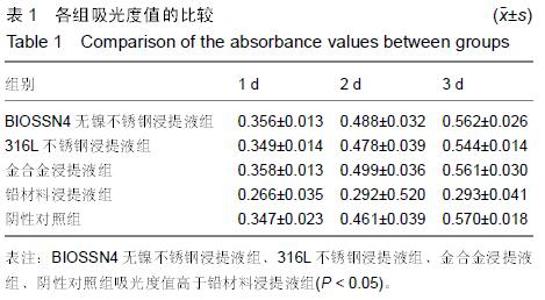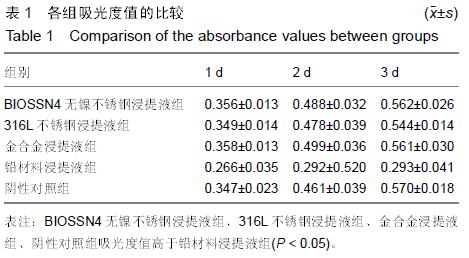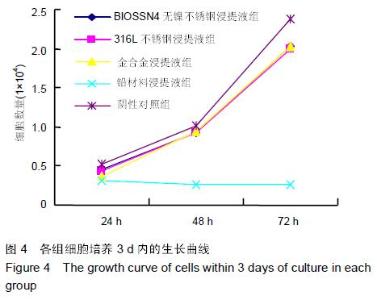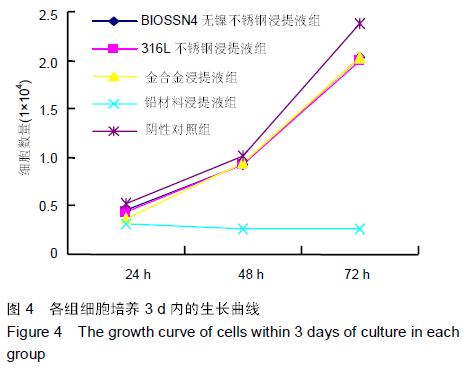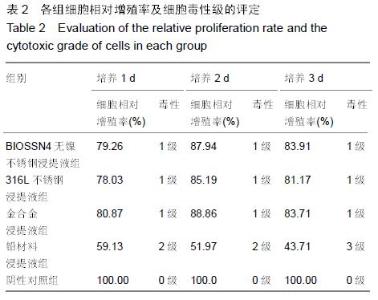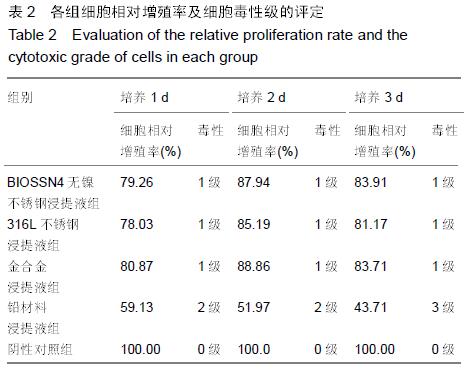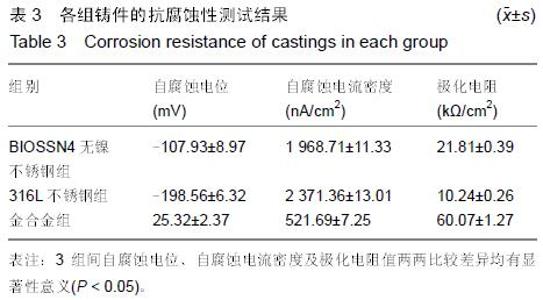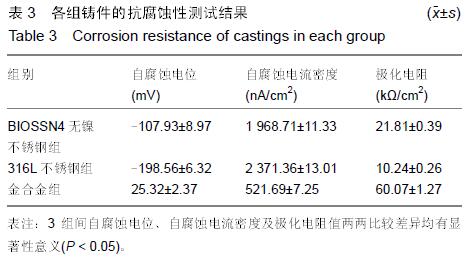| [1] 孙皎.近五年我国口腔材料的研究概况[J].口腔材料器械杂志, 2014,23(1):1-8.
[2] 浦素云.金属植入材料及其腐蚀[M].北京:北京航空航天大学出版社,1990:23.
[3] 俞耀庭,张兴栋.生物医用材料[M].天津:天津大学出版社,2000.
[4] 赵兴伟,王景彦.生物材料在骨科临床中的应用[J].中国骨伤, 2004,17(10):6361.
[5] 马春.2005年世界新材料研究进展[J].新材料产业,2006,8(1):58.
[6] Li M,Yin T,Wang Y,et al.Study of biocompatibility of medical grade high nitrogen nickel-free austenitic stainless steel in vitro.Mater Sci Eng C Mater Biol Appl.2014;43:641-648.
[7] 章凡玉.金属植入材料在假体应用方面的研究进展[J].生物技术世界,2015,9(8):109.
[8] 张文毓.生物医用钛合金的研究进展[J].化学与黏合,2014,36(5): 369-373.
[9] 赵鹃,朱智敏,陈孟诗.深冷处理技术对口腔中熔铸造合金耐磨性的影响[J].华西口腔医学杂志,2003,21(3):184-186.
[10] Pickford MA,Scamp T,Harrison DH.Morbidity after gold weight insertion into the upper eyehd in facial palsy.Br J Plast Surg. 1992;45:460.
[11] Beddoes J,Bucci K.The influence of surface condition on the localized corrosion of 316L stainless steel orthopaedic implants. J Mater in Med.1999;10:389.
[12] Guan J,Guo L,Fu Y,et al.In vitro evaluation of antibacterial activity and cytocompatibility of antibacterial stainless steel containing copper.Sheng Wu Yi Xue Gong Cheng Xue Za Zhi.2013;30(2):333-337.
[13] Black J, Hastings G.Handbook of Biomaterial Properties. London:ChapmanHall,1999:89-90.
[14] Mc Ginley EL,Moran GP,Fleming GJ.Biocompatibility effects of indirect exposure of base-metal dental casting alloys to a human-derived three-dimensional oral mucosal model.J Dent.2013;41(11):1091-1100.
[15] 夏其升.不同种类的金属内冠烤瓷牙对形成龈缘黑线影响的观察[J].淮海医药,2015,33(5):474.
[16] 刘月,王晓萍,吴斌,等.口腔金属修复体所致过敏性疾病的临床研究[J].口腔颌面外科杂志,2013,23(6):427-431.
[17] 王耘涛,布茂东.低镍和无镍奥氏体不锈钢的研究现状及进展[J].金属热处理,2013,38(1):15-20.
[18] 任伊宾.医用高氮无镍不锈钢的研究及应用现状[J].新材料产业, 2015,17(7):44-49.
[19] 石涛,战德松,李振春.Caspase-3表达强度评价新型医用高氮无镍奥氏体不锈钢的生物相容性[J].口腔医学研究,2013,29(4): 308-311.
[20] 滕莹雪,郑丰,张炳春,等.一种无镍不锈钢冠脉支架的设计与加工工艺[J].中国医疗器械杂志,2012,36(5):354-356.
[21] Ren YB,Yang K,Zhang BC et al.Chinese Patement; NO:03110896. 2
[22] 罗璇,战德松.3种齿科合金材料浸提液对L929细胞Bcl-2表达影响的研究[J].口腔医学,2012,32(11):653-655.
[23] Uggowitzer PJ,Magdowski R.Niekel freehigh Nitrogen austenitic steels.ISIJ Tnt.1996;36(7):901-908.
[24] Brown BH,Smallwood RH,Barber DC,et al.Medical Physics and Biomedical Engineering.Bristol and Philadel Phia:Institute of Physics,1999:121.
[25] Rach J,Halter B,Aufderheide M.Importance of material evaluation prior to the construction of devices for in vitro techniques.Exp Toxicol Pathol.2013;65(7-8):973-978. |
